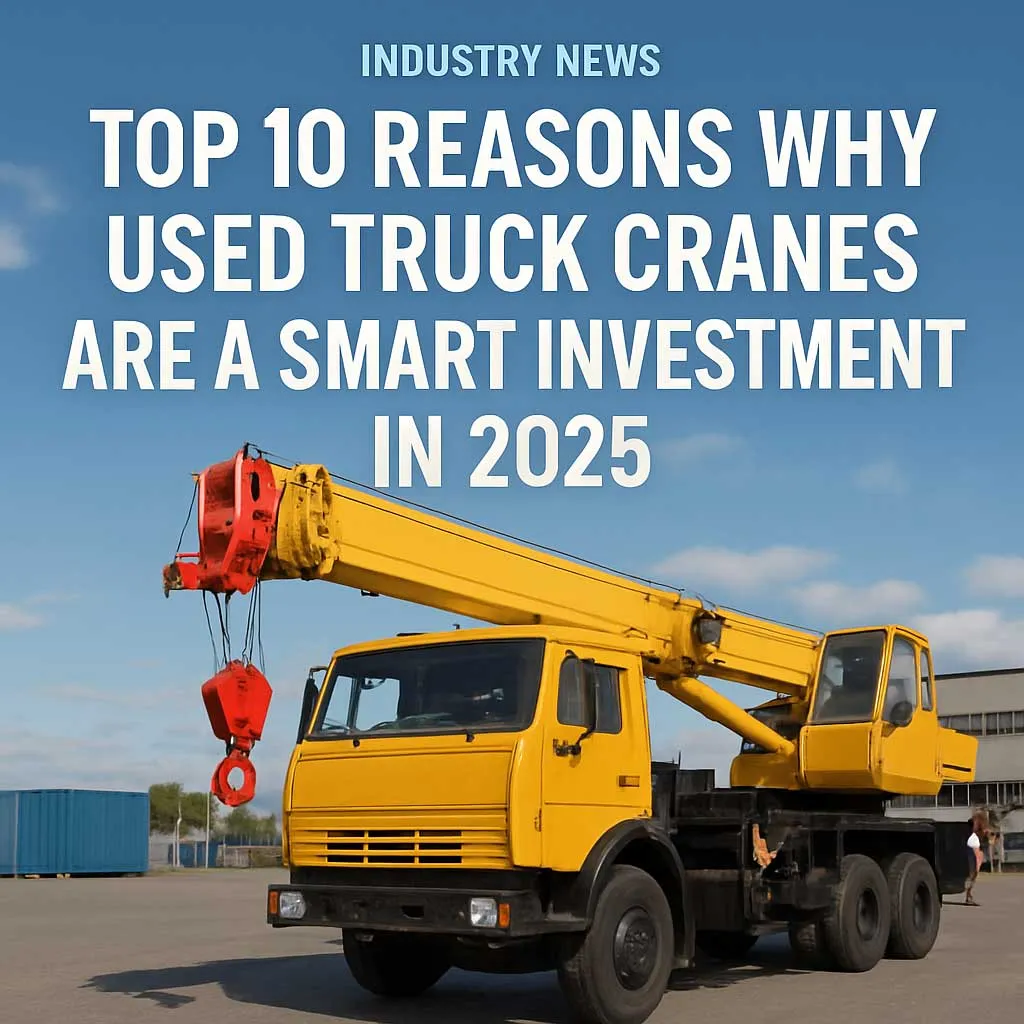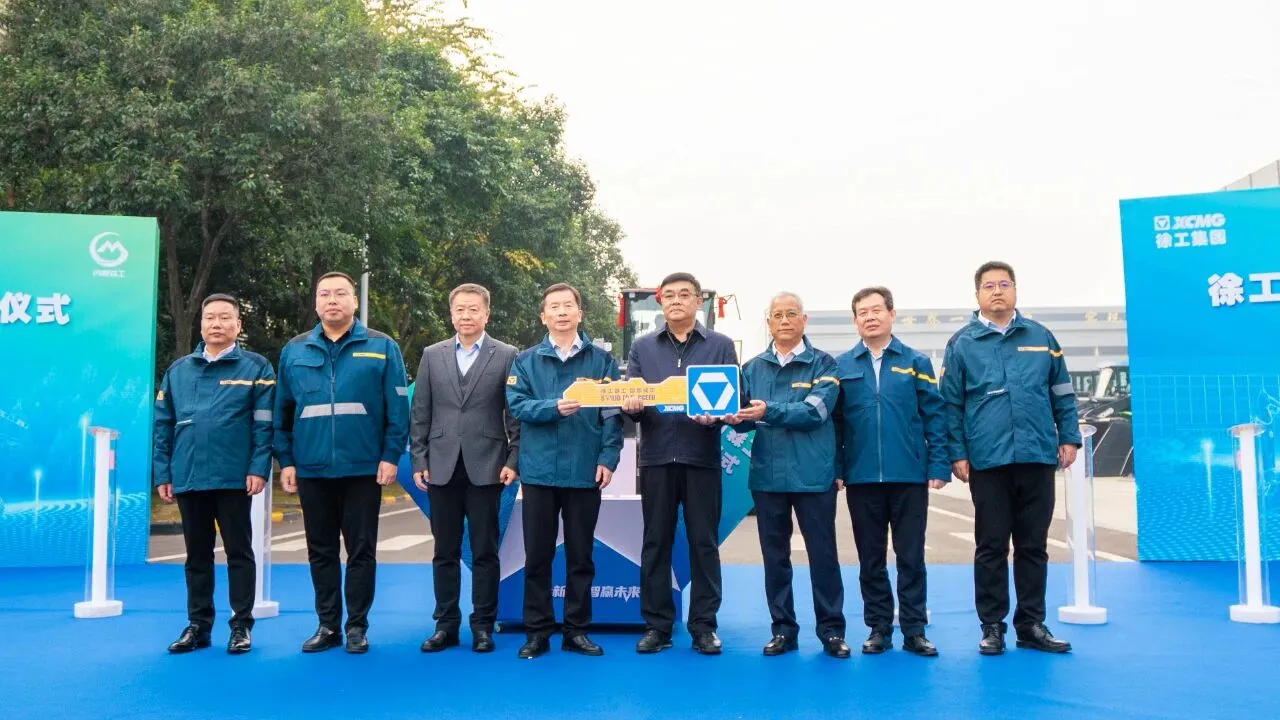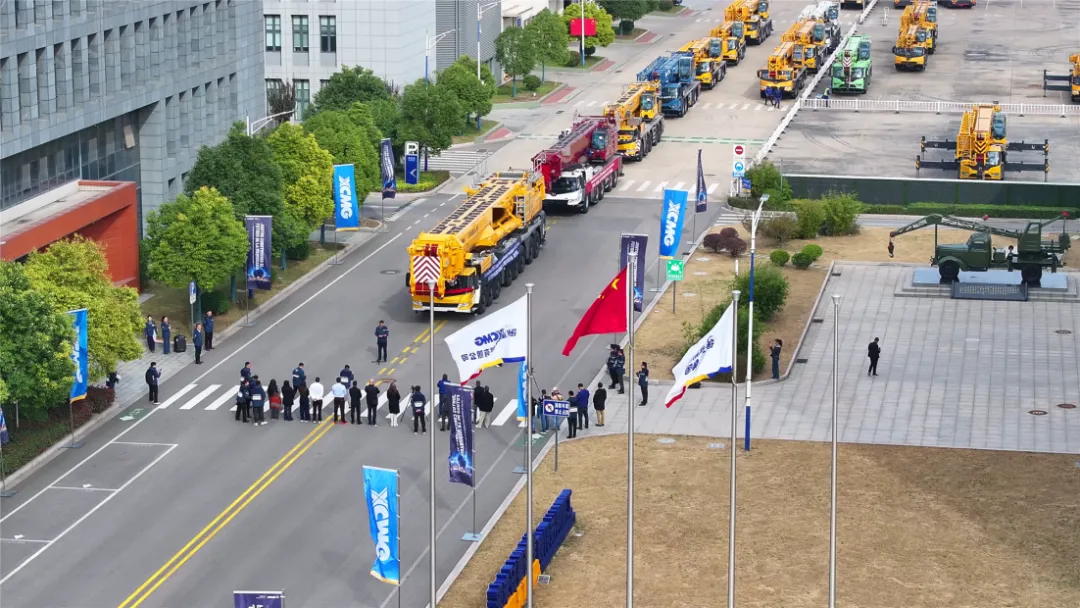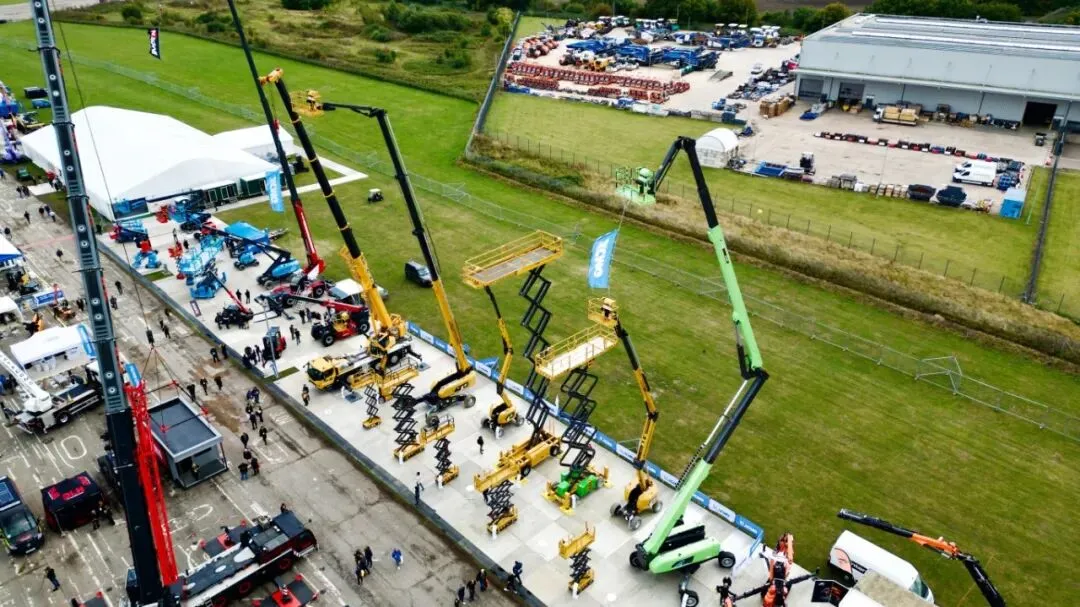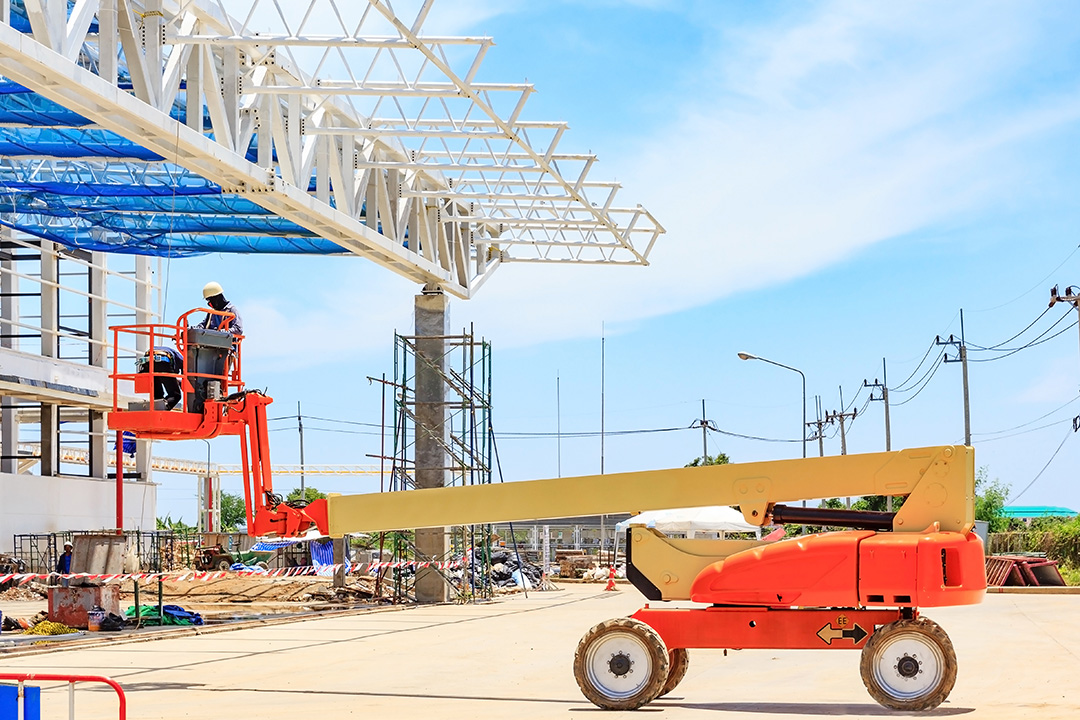Types of MEWPs: The Complete Guide
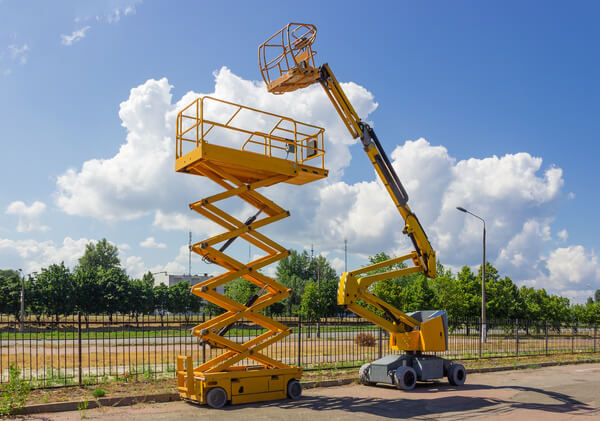
Previously, aerial
work platform (AWP) was the name for scissor lifts, boom lifts, and other
elevated work platforms. Now, the new term is MEWP. MEWP stands for “mobile
elevated work platforms.”
Before the update
that introduced the term MEWP, aerial lifts were categorized by lift types. For
example, types of lifts included scissor and boom lifts. But under the new ANSI
standards, MEWPs are categorized differently.
There are now two
main ways to classify MEWPs:
By group
By type
Let’s go through
each classification.
MEWP
Classification By Group
A MEWP’s group is
determined by its platform location with regard to the tipping line.
Not sure what the tipping line is? It’s the area bounded by the machine’s wheels or outriggers.
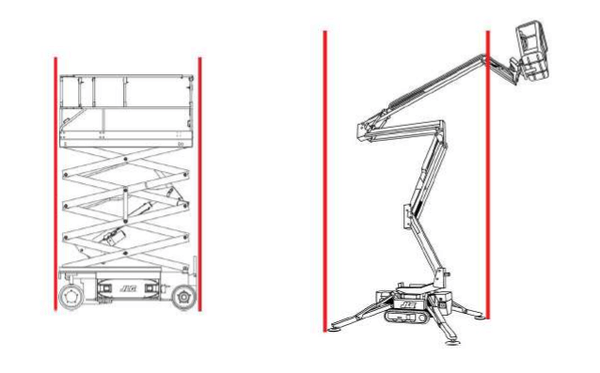
Following
this definition, there are two MEWP groups:
Group A MEWPs have
a platform that moves vertically while staying inside the tipping lines of the
machine at all times. In other words, the platform stays directly above the
chassis and never extends beyond it.
Group B includes
all other MEWPs that are not in Group A. That is, the work platform of Group B
mobile elevating work platforms do extend beyond the tipping lines of the
machine.
MEWPs
Classification By Type
Now that we’re
clear on group ANSI classifications, let’s turn to type.
The MEWP type is
based on how the machine travels horizontally. In other words, type has to do
with how a MEWP can drive or travel along the ground. There are 3 types of
MEWPs.
A Type 1 mobile
elevating work platform can only move in the stowed position. That means the
platform has to be lowered completely before you can move the machine.
Type 2 MEWPs have
two features:
They can move while the platform is
elevated
Their movement is controlled from the
chassis (as opposed to within the work platform)
Type 3 MEWPs
These are much
like Type 2 MEWPs. But whereas a Type 2 MEWP’s movement is controlled from the
chassis, a Type 3 MEWP’s movement is controlled from the work platform.
